This morning the DfE have released the 2019 WP statistics. Unfortunately (beyond the bubble of London), where you live still matters. The structural influences of region and school type are stark in the data, which still illustrate significant and widening gaps in progression to higher education for the most disadvantaged. The SEER service brings you its summary, focusing on measures for WP, Access and Participation Plans.
Gender
The gap in progression to higher education between male (37.2%) and female (47.4%) pupils continues to increase, now at 10.2% gap (+0.4% on previous year)
School Type
Pupils with A-level and A-level equivalent qualifications studying at independent schools and colleges progress to higher education at a rate of 84.6%, compared to pupils from state schools and colleges, at 65.9%.
The gap has widened over time, from 13.6% in 2009-10 to 18.6% in 2017-18.
Progression to high tariff providers shows a wider gap, with 56.9% of independent school/ college pupils compared to only 18.1% of state school/ college pupils progressing.
The gap has also widened over time, from 37.1% in 2009-10 to 38.8% in 2017-18.
Gaps are less when A-level only qualifications are considered, at 10.6pp gap between independent and state pupil progression to higher education. Gaps in progression to high tariff providers for A-level pupils however remain significant with only a slight reduction (33.9%)
Polar Measure
Pupils in POLAR Q5 are still more than twice as likely to progress to higher education as those from Q1, at 57.9% compared to 26.4%, although the gap is slightly narrowing over time.
For progression to high tariff providers, POLAR Q5 pupils are 5 times as likely to progress than Q1, at 19.8% compared to 3.8%; although again this gap has narrowed from 6x as likely in 2009-10.
Disadvantage
The gap between progression for FSM and non-FSM pupils has widened in 2017-18 by 0.9%.
This increasing gap trend is observed since 2013-14, where at its lowest point since 2005-06 it was 1.8% lower than the 2017-18 result.
Nationally, pupils on FSMs still enter high tariff institutions at a lower rate than non-FSM pupils, with progression at 3.4% and 11.2%, respectively in 2017-18.
However, pupils receiving FSM in London are three times as likely to progress to high tariff providers than pupils in the NE, East and East Midlands.
These significant differences persist between regions, in particular 48% of pupils in London receiving FSM progress, compared to only 18% in the SW and SE. FSM pupil progression in London (inner and outer) is more than, or almost double any other region.
The progression gap between pupils receiving FSM and not is also varied by region. For example, in inner London, the gap is 9 percentage points (pp), compared to the South East where the gap is 26pp.
Ethnicity
White pupils are the least likely group to enter higher education (38.7%).
Chinese students remain significantly the most likely to enter, at 77.6%. They are also the most likely to enter high tariff providers (35.3%)
Black student participation has increased most significantly (15.8%) since 2009-10, but the recent year data (59.9%) shows little improvement on 2016-17. Black students are the least likely group to enter high tariff providers (8.7%)
Special Educational NEED (SEN)
Only 8.5% of SEN students (Statement or EHCP) progress to higher education, compared with 20.8% of pupils who are on SEN Support and 48% of non-SEN pupils
Only 1.1% of SEN students progress to high tariff providers (non-SEN is 12%)
Looked after children (in care for at least 12 months)
12% of looked after children progress to higher education, compared to 42% of all other pupils.
Only 1% progress to high tariff providers – this figure has remained static since 2009-10.
Intersections of disadvantage – gender, FSM and ethnicity
Chinese students are most likely to progress to higher education, regardless of gender and FSM status.
Indian, Black African and Bangladeshi pupils also have high progression rates regardless of gender and FSM status.
The lowest progression rates are for Traveller of Irish Heritage and Gypsy Roma pupils.
Progression rates are also low for White British pupils receiving FSMs, at 18.5% for females and 12.8% for males.
Differences in progression to high tariff providers are also observed, particularly the sustained progression rate for Chinese pupils receiving FSMs.
